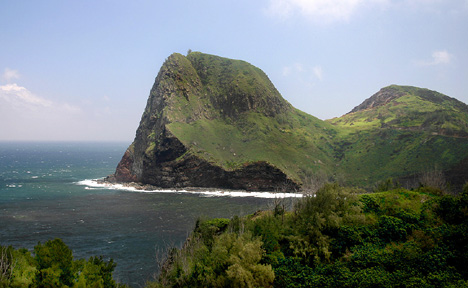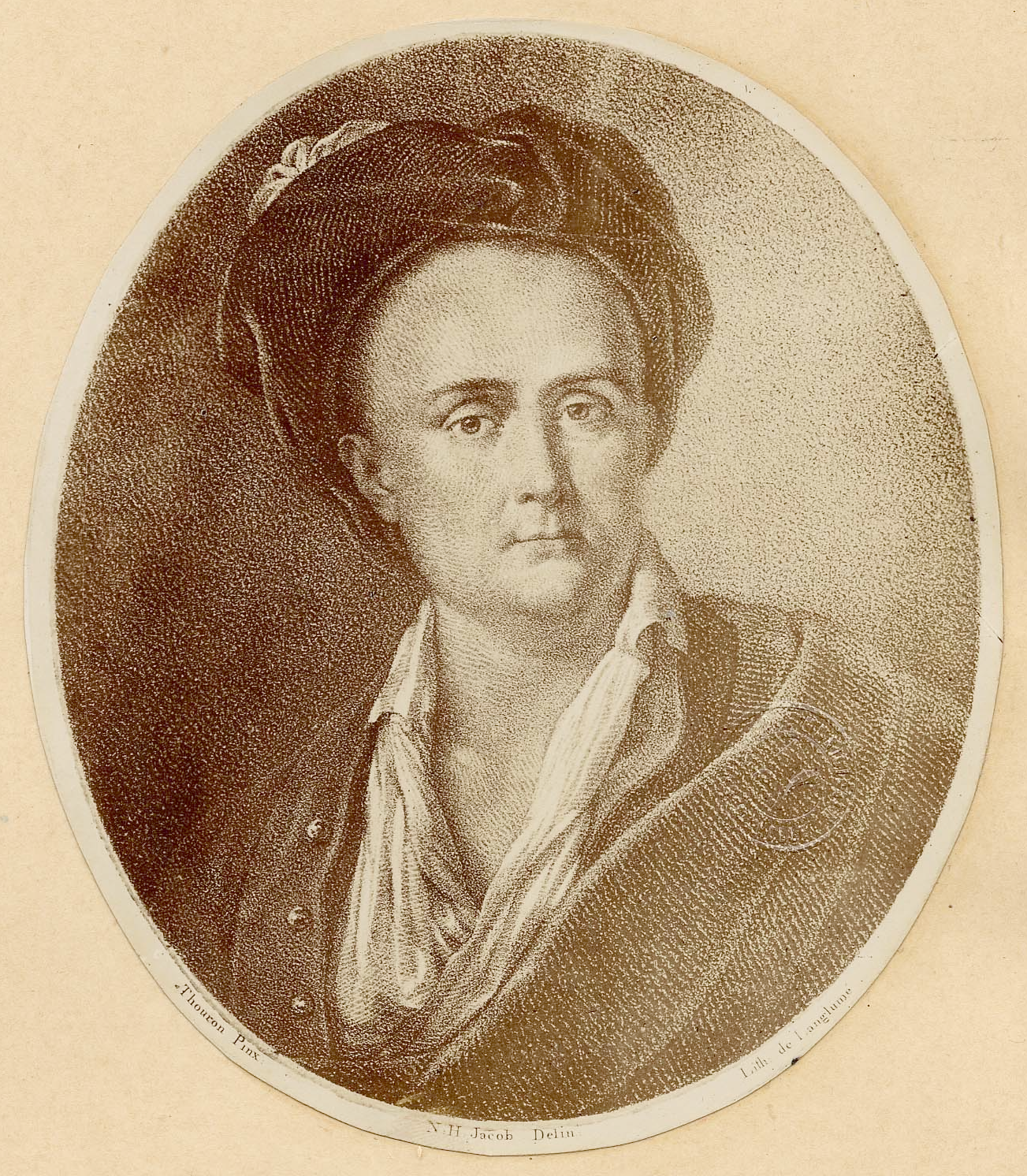|
Paul Jacques Malouin
Paul Jacques Malouin (27 June 1701 – 3 January 1778) was a French physician and chemist. Career Born in Caen, Malouin graduated in medicine in 1730 against the wishes of his father (a legal official from Caen) who had sent him to Paris to study law. He settled in Paris in 1734 and opened a medical practice which attracted patients from the aristocracy and royal family. With the help of Fontenelle, a distant relation, he entered the French Academy of Sciences in 1742 where his particular research interest was the application of chemistry to medicine. In 1745 he was appointed professor of chemistry at the Jardin du Roi. For nine consecutive years he studied the epidemics raging in Paris and recorded the results of his research in his ''Mémoires'' published by the Academy of Sciences between 1746 and 1754, linking epidemic diseases to air temperature. In 1753 Malouin began a formal association with the royal court when he bought from Lassone the position of ''médecin de la rei ... [...More Info...] [...Related Items...] OR: [Wikipedia] [Google] [Baidu] |
Caen
Caen (; ; ) is a Communes of France, commune inland from the northwestern coast of France. It is the Prefectures in France, prefecture of the Departments of France, department of Calvados (department), Calvados. The city proper has 105,512 inhabitants (), while its Functional area (France), functional urban area has 470,000,Comparateur de territoire , INSEE, retrieved 20 June 2022. making Caen the second largest urban area in Normandy (administrative region), Normandy and the 19th largest in France. It is also the third largest commune in all of Normandy after Le Havre and Rouen. It is located northwest of Paris, connected to the South of England by the Caen (Ouistreham) to Portsmouth ferry route through the English Channel. Situated a few miles from the coast, the landing beaches, the ... [...More Info...] [...Related Items...] OR: [Wikipedia] [Google] [Baidu] |
Royal Society
The Royal Society, formally The Royal Society of London for Improving Natural Knowledge, is a learned society and the United Kingdom's national academy of sciences. The society fulfils a number of roles: promoting science and its benefits, recognising excellence in science, supporting outstanding science, providing scientific advice for policy, education and public engagement and fostering international and global co-operation. Founded on 28 November 1660, it was granted a royal charter by Charles II of England, King Charles II and is the oldest continuously existing scientific academy in the world. The society is governed by its Council, which is chaired by the society's president, according to a set of statutes and standing orders. The members of Council and the president are elected from and by its Fellows, the basic members of the society, who are themselves elected by existing Fellows. , there are about 1,700 fellows, allowed to use the postnominal title FRS (Fellow ... [...More Info...] [...Related Items...] OR: [Wikipedia] [Google] [Baidu] |
1778 Deaths
Events January–March * January 18 – Third voyage of James Cook: Captain James Cook, with ships HMS ''Resolution'' and HMS ''Discovery'', first views Oʻahu then Kauaʻi in the Hawaiian Islands of the Pacific Ocean, which he names the ''Sandwich Islands''. * February 5 – In the United States: **South Carolina becomes the first state to ratify the Articles of Confederation. **General John Cadwalader shoots and seriously wounds Major General Thomas Conway in a duel after a dispute between the two officers over Conway's continued criticism of General George Washington's leadership of the Continental Army.''Harper's Encyclopaedia of United States History from 458 A. D. to 1909'', ed. by Benson John Lossing and, Woodrow Wilson (Harper & Brothers, 1910) p166 * February 6 – American Revolutionary War: In Paris, the Treaty of Alliance and the Treaty of Amity and Commerce are signed by the United States and France, signaling official French recognit ... [...More Info...] [...Related Items...] OR: [Wikipedia] [Google] [Baidu] |
1701 Births
In the Swedish calendar it was a common year starting on Tuesday, one day ahead of the Julian and ten days behind the Gregorian calendar. Events January–June * march 8th – Parts of the Netherlands adopt the Gregorian calendar. * January 18 – The electorate of Brandenburg-Prussia becomes the Kingdom of Prussia, as Elector Frederick III is proclaimed King Frederick I. Prussia remains part of the Holy Roman Empire. It consists of Brandenburg, Pomerania and East Prussia. Berlin is the capital. * January 28 – Battle of Dartsedo: The Chinese storm the Tibetan border town of Dartsedo. * February 17 (February 6, 1700 O.S.) – The 5th Parliament of William III in England assembles. Future British Prime Minister Robert Walpole enters the House of Commons for the first time and soon makes his name as a spokesman for Whig policy. * April 20th – Mecklenburg-Strelitz is created as a north German duchy. * June 9 – Safavid troops retrea ... [...More Info...] [...Related Items...] OR: [Wikipedia] [Google] [Baidu] |
Descriptions Des Arts Et Métiers
''Descriptions des Arts et Métiers, faites ou approuvées par messieurs de l'Académie Royale des Sciences'' ( French for "Descriptions of the Arts and Trades, made under the direction of the gentlemen of the Royal Academy of Sciences"), is a collection of books on crafts that was published by the Parisian Royal Academy of Sciences between 1761 and 1788. The full series comprises 113 folio volumes along with three supplements, and provide detailed accounts of a wide range of handcraft and manufacturing processes carried out in France at that time. The volumes are well-illustrated, with precise engravings by Jean Elie Bertrand (1737–1779) a noted typographer from Neuchâtel, where the printing was done. Many of them provide the background for shorter articles in Diderot's ''Encyclopedia An encyclopedia is a reference work or compendium providing summaries of knowledge, either general or special, in a particular field or discipline. Encyclopedias are divided into arti ... [...More Info...] [...Related Items...] OR: [Wikipedia] [Google] [Baidu] |
Wikisource
Wikisource is an online wiki-based digital library of free-content source text, textual sources operated by the Wikimedia Foundation. Wikisource is the name of the project as a whole; it is also the name for each instance of that project, one for each language. The project's aim is to host all forms of free text, in many languages, and translations. Originally conceived as an archive to store useful or important historical texts, it has expanded to become a general-content library. The project officially began on November 24, 2003, under the name Project Sourceberg, a play on Project Gutenberg. The name Wikisource was adopted later that year and it received its own domain name. The project holds works that are either in the public domain or freely licensed: professionally published works or historical source documents, not vanity press, vanity products. Verification was initially made offline, or by trusting the reliability of other digital libraries. Now works are supported by ... [...More Info...] [...Related Items...] OR: [Wikipedia] [Google] [Baidu] |
Diderot
Denis Diderot (; ; 5 October 171331 July 1784) was a French philosopher, art critic, and writer, best known for serving as co-founder, chief editor, and contributor to the along with Jean le Rond d'Alembert. He was a prominent figure during the Age of Enlightenment. Diderot initially studied philosophy at a Jesuit college, then considered working in the church clergy before briefly studying law. When he decided to become a writer in 1734, his father disowned him. He lived a bohemian existence for the next decade. In the 1740s he wrote many of his best-known works in both fiction and non-fiction, including the 1748 novel '' Les Bijoux indiscrets'' (The Indiscreet Jewels). In 1751 Diderot co-created the ''Encyclopédie'' with Jean le Rond d'Alembert. It was the first encyclopedia to include contributions from many named contributors and the first to describe the mechanical arts. Its secular tone, which included articles skeptical about Biblical miracles, angered both religio ... [...More Info...] [...Related Items...] OR: [Wikipedia] [Google] [Baidu] |
Encyclopédie
, better known as ''Encyclopédie'' (), was a general encyclopedia published in France between 1751 and 1772, with later supplements, revised editions, and translations. It had many writers, known as the Encyclopédistes. It was edited by Denis Diderot and, until 1759, co-edited by Jean le Rond d'Alembert. The ''Encyclopédie'' is most famous for representing the thought of the Age of Enlightenment, Enlightenment. According to Denis Diderot in the article "Encyclopédie", the ''Encyclopédie'' aim was "to change the way people think" and for people to be able to inform themselves and to know things. He and the other contributors advocated for the secularization of learning away from the Jesuits. Diderot wanted to incorporate all of the world's knowledge into the ''Encyclopédie'' and hoped that the text could disseminate all this information to the public and future generations. Thus, it is an example of democratization of knowledge. It was also the first encyclopedia to include ... [...More Info...] [...Related Items...] OR: [Wikipedia] [Google] [Baidu] |
Encyclopédie Méthodique
The ''Encyclopédie méthodique par ordre des matières'' () was published between 1782 and 1832 by the France, French publisher Charles Joseph Panckoucke, his son-in-law Henri Agasse, and the latter's wife, Thérèse-Charlotte Agasse. Arranged by disciplines, it was a revised and much expanded version, in roughly 210 to 216 volumes (different sets were bound differently), of the alphabetically arranged ''Encyclopédie'', edited by Denis Diderot and Jean le Rond d'Alembert. The full title was ''L'Encyclopédie méthodique ou par ordre de matières par une société de gens de lettres, de savants et d'artistes; précédée d'un vocabulaire universel, servant de table pour tout l'ouvrage, ornée des portraits de MM. Diderot et d'Alembert, premiers éditeurs de l'Encyclopédie.'' Development Two sets of Diderot's ''Encyclopédie'' and its supplements were cut up into articles. Each subject category was entrusted to a specialized editing, editor, whose job was to collect all article ... [...More Info...] [...Related Items...] OR: [Wikipedia] [Google] [Baidu] |
Charles-Joseph Panckoucke
Charles-Joseph Panckoucke (; 26 November 1736 – 19 December 1798) was a French writer and publisher. He was responsible for numerous influential publications of the era, including the literary journal ''Mercure de France'' and the '' Encyclopédie Méthodique'', a successor to the ''Encyclopédie'' by Denis Diderot. Panckoucke was born in the city of Lille, where his father André-Joseph Panckoucke (1700–1753) was a writer and book printer. Charles-Joseph settled in Paris in 1754, and established his own bookshop in 1762. He reused many of engraver Robert Bénard's productions to illustrate the works of his catalog. His first suggestion of a supplement to the ''Encyclopédie'', in 1769 was turned down by Diderot, but Panckoucke persisted. By 1775, Panckoucke had secured a license to publish his supplement, and it appeared as five volumes in 1776 and 1777. Panckoucke also published two volumes of index to the ''Encyclopédie'', prepared by Pierre Mouchon, and appearing in ... [...More Info...] [...Related Items...] OR: [Wikipedia] [Google] [Baidu] |
Plombières-les-Bains
Plombières-les-Bains () is a commune in the Vosges department in Grand Est in eastern France. It was the seat of the former canton of Plombières-les-Bains. ''Les bains'' refers to the hot springs in the area, whose properties were first discovered by the Romans. In succeeding centuries, its baths were visited by Montaigne, Voltaire, the Dukes of Guise, the Dukes of Lorraine, Beaumarchais, Napoleon Bonaparte, Joséphine de Beauharnais, Charles XIV John, Napoléon III, Berlioz, Lamartine and Alfred de Musset. It is still a spa town with many buildings from the Second French Empire including the Church Saint Amé built with the financial support of Napoléon III. Plombières Agreement The "Pavilion of the Princes" at Plombières, was renamed following the meeting on 21 July 1858 between Napoleon III and Camillo Benso, Count of Cavour, who secretly negotiated the “Plombières Agreement” as they sat alone together in a small horse-drawn carriage slowly progressing round ... [...More Info...] [...Related Items...] OR: [Wikipedia] [Google] [Baidu] |





